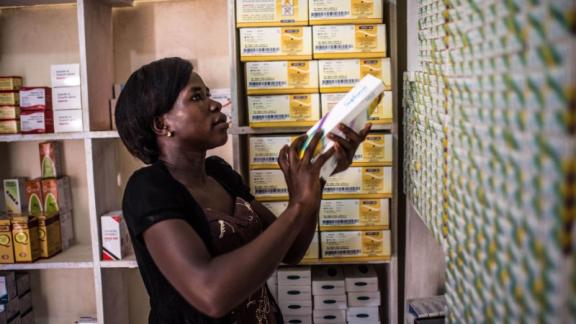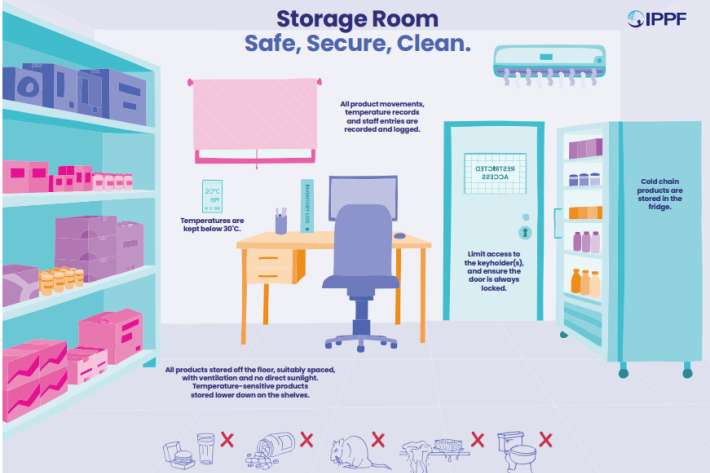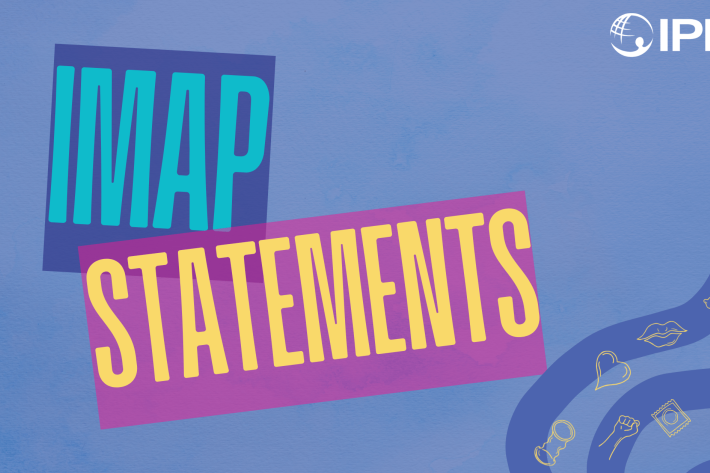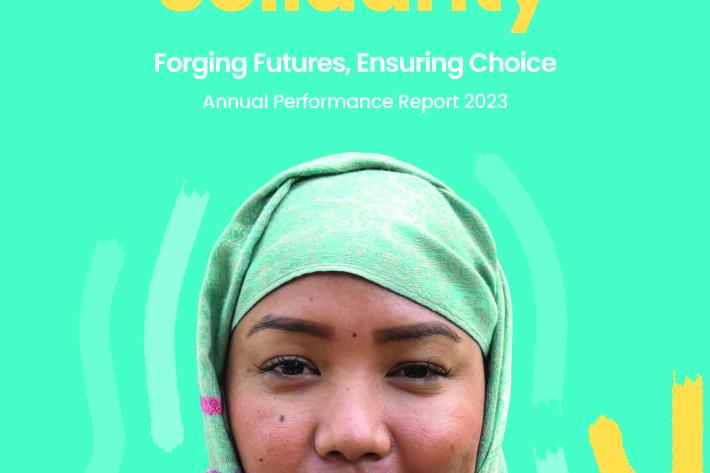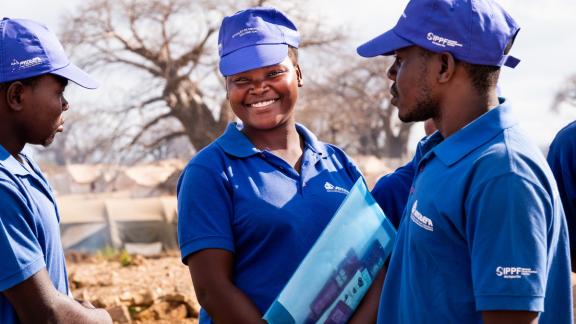Spotlight
A selection of resources from across the Federation
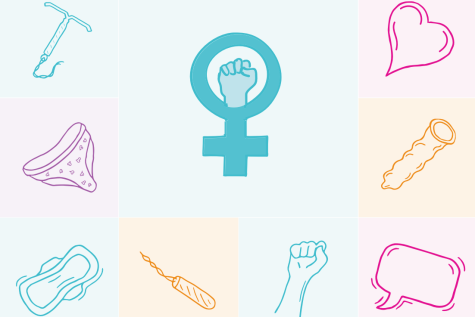
Technical Brief: Designing and Delivering Inclusive, Rights-Based Sexual and Reproductive Healthcare to Transgender and Gender Diverse People
This technical brief outlines key recommendations across several sexual and reproductive health service areas to promote access to inclusive care for transgender and gender diverse people.
Filter our resources by:
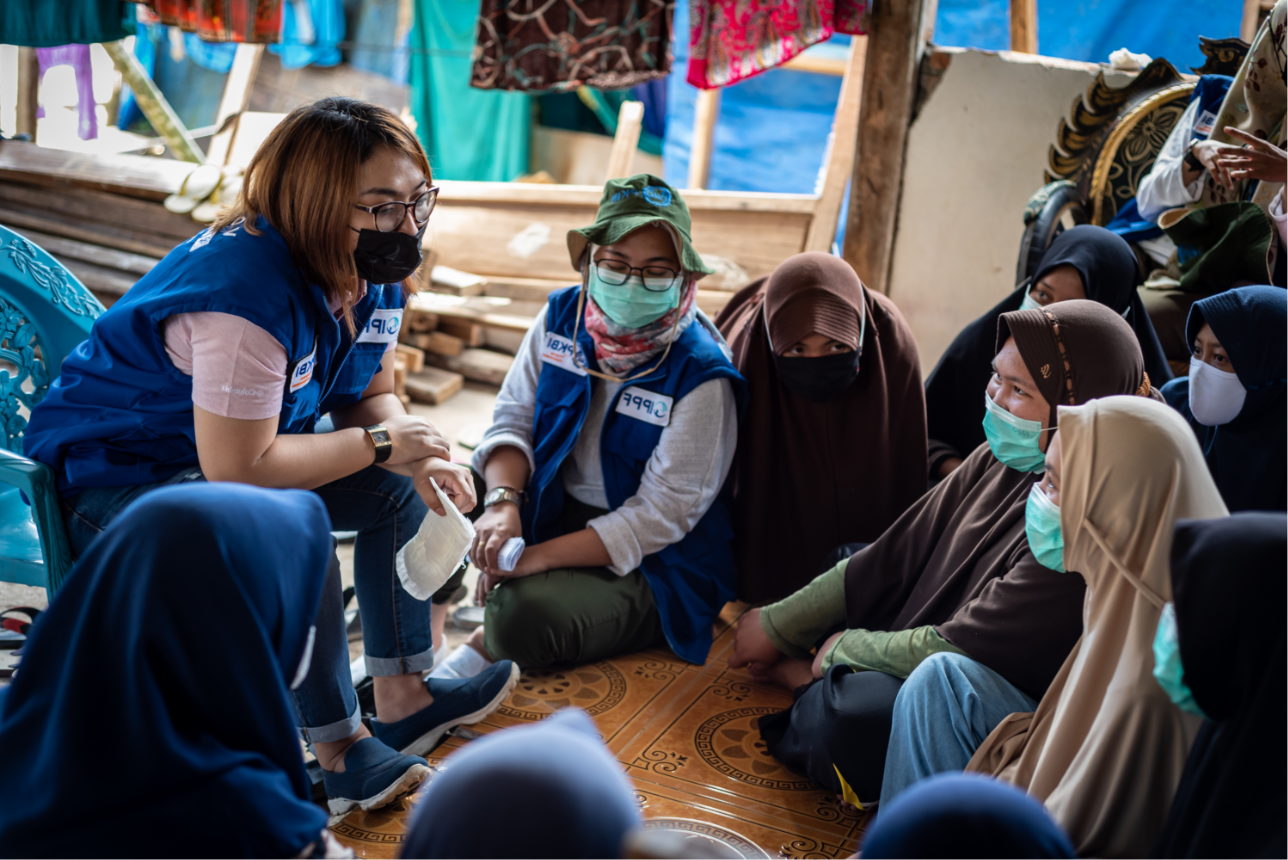

| 23 May 2016
Everyone’s right to know: delivering comprehensive sexuality education for all young people
This report is intended to inform advocates and decision makers about how to support the sexual reproductive rights of young people around the world. It argues that comprehensive sexuality education is critical for young people to realize their rights.
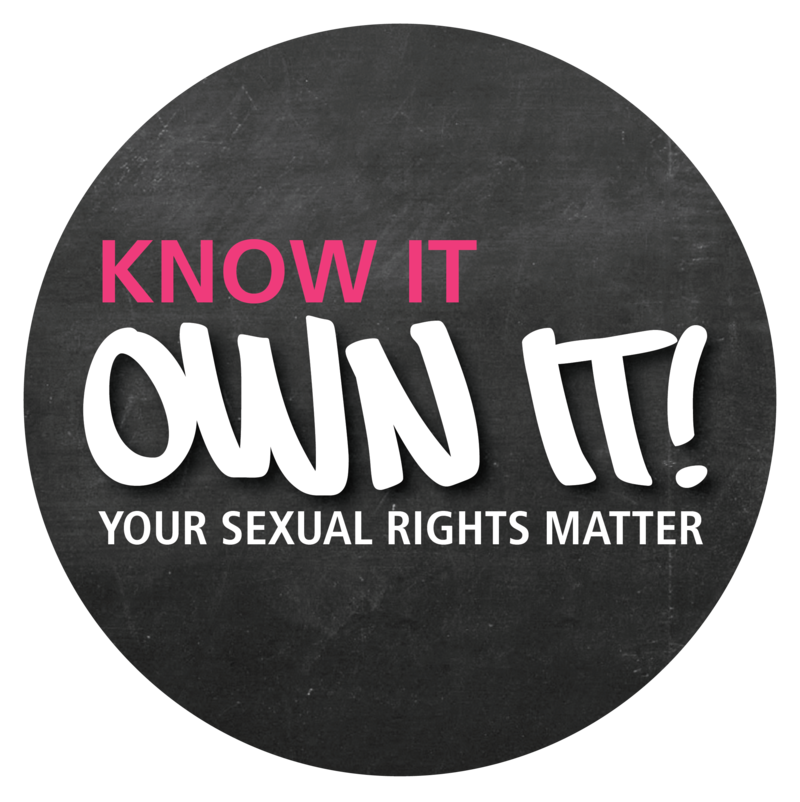
| 20 May 2016
Interactive report: Comprehensive Sexuality Education

| 11 May 2016
It's not shameful, it's your health!
Uluk is 16 and has been volunteering with the Reproductive Health Alliance of Kyrgyzstan for 4 years. I tell other young people: "We have to care for our own reproductive health - no one else will. I'm asking you: get involved with your reproductive health, NOW. There's nothing shameful in knowing about it; it's shameful NOT to know about it." There are million of volunteers like Uluk at IPPF's Member Associations who are having a tremendous impact on the lives of other young people in the communities. You can get involved today, just find your local IPPF Member Association.
| 04 February 2016
Young at Heart
The world is home to the largest generation of young people in history. They are diverse, they have opportunities, but they also face immense obstacles in their lives. Young people and adolescents need to be able to make informed decisions and have access to sexual and reproductive health education, information and services. IPPF’s journey of youth services and participation is illustrated by the timeline of events on this page. Our approach has changed radically, from ‘not turning young people away’ to providing high quality, standardized youth-friendly programmes. Our performance of the past decade tells a powerful story of this increasing commitment to young people. In 2005, 25% of our services were provided to young people, and since then the number of services provided to young people has grown steadily. Of the 86.9 million services provided by IPPF in 2013, almost every second one was to a young person. IPPF’s new Strategic Framework (2016 -2022) shows how the Federation is embracing young people as partners and moving to a more youth-centred approach. By expanding our commitment to youth-friendliness and evolving to ensure that young people are truly at the centre of everything we do, IPPF will continue to set an example for meaningful youth involvement. By genuinely focusing on young people’s lives and requirements, from their own perspectives, we can deliver services, programmes and interventions that are truly shaped by them, and thus relevant, inclusive and effective. This document is an introduction for decision makers, service providers and youth leaders within the Federation on how IPPF can build on its legacy and transition to a youth-centred approach. It addresses the questions: what does this new thinking include? What does it mean in practice? How should we implement it? How should we measure progress?

| 11 January 2016
IPPF - UN MOUVEMENT POUR LE CHANGEMENT
Le cadre stratégique 2016–2022 constitue une vision à la fois audacieuse et ambitieuse des projets de l’IPPF, la Fédération internationale pour la planification familiale, et des moyens de les concrétiser au cours des sept prochaines années. Approuvé en novembre 2014 par le Conseil de gouvernance de l’IPPF, la plus haute instance décisionnelle de la Fédération, ce cadre représente l’aboutissement d’un vaste processus consultatif sollicitant la collaboration d’associations membres, de partenaires et de bailleurs de fonds à l’échelle mondiale. Notre stratégie répond aux tendances sociales, politiques et démographiques qui se manifestent dans le monde entier. Ces tendances peuvent se résumer ainsi: les attentes et le potentiel de la génération la plus nombreuse de jeunes de tous les temps; de profondes inégalités sociales et économiques persistantes, et notamment la discrimination contre les filles et les femmes; ainsi que l’opposition qui menace les avancées réalisées dans le domaine des droits humains. Ce cadre s’appuie aussi sur des évaluations et des analyses de notre travail: nos forces et faiblesses, nos capacités, nos ressources et nos réseaux. Le cadre stratégique de l’IPPF établit les priorités qui permettront à la Fédération d’avoir de l’impact en tant que mouvement axé sur la santé et les droits sexuels et reproductifs (SDSR) au cours des sept années à venir. Il guidera les associations membres nationales et leurs partenaires en vue d’élaborer des stratégies spécifiques à leurs pays, en fonction de leurs ressources et adaptées pour se mettre au service des groupes les plus marginalisés sur le plan local. Il apporte aussi au Secrétariat un axe d’action quant à son influence internationale et dans son soutien aux associations membres. Les associations membres seront tenues de rendre compte de leurs résultats une fois par an, qui seront compilés dans un tableau de bord mondial pour mesurer les progrès de la mise en pratique du cadre stratégique. En se dotant de cet outil essentiel, l’IPPF se donne les moyens d’aller de l’avant et de tenir ses promesses. En tant que chef de file du mouvement sur la santé et les droits sexuels et reproductifs, nous aiderons à unir les actions et les accomplissements de défenseurs de la SSR dans le monde entier, afin de changer de manière radicale la manière dont la santé et les droits sexuels et reproductifs sont appréhendés dans le monde entier.
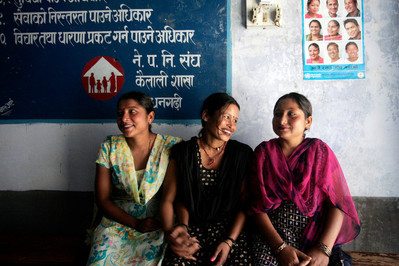
| 09 January 2016
Family Planning Report 2016
IPPF is committed to expanding access to, and increasing methods of, family planning. This includes universal access to contraception. In our approach we are dedicated to increasing new users, being youth centred and reaching the under-served.
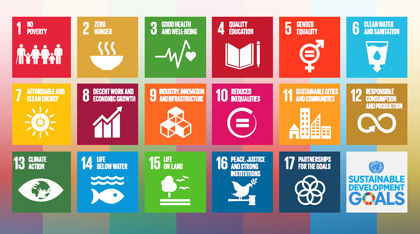
| 18 November 2015
Sustainable Development Goals: A SRHR CSO guide for national implementation
The Sustainable Development Goals (SDGs) are a framework of 17 goals and 169 targets across social, economic and environmental areas of sustainable development, which United Nations (UN) Member States have committed to making a reality over the next 15 years. The SDGs are to succeed the Millennium Development Goals (MDGs), which expire at the end of 2015, but are much broader in their scope. Unlike the MDGs, which were focussed on social issues, the SDGs set out targets across all three dimensions – social, economic and environmental – of sustainable development. Furthermore, while the MDGs were targeted at developing countries, the SDGs are applicable to all countries. The SDGs form part of the 2030 Agenda for Sustainable Development which UN Member States adopted at the UN Sustainable Development Summit in September 2015. The adoption of the Agenda is the culmination of a lengthy process of intergovernmental negotiations and consultations that lasted nearly three years. The outcome document of the process, ‘Transforming Our World: The 2030 Agenda for Sustainable Development’, consists of a short preamble, a declaration (outlining the vision and principles underlying the Agenda), the SDGs and accompanying targets, as well as sections on the means of implementation and the follow-up and review of the Agenda. The 2030 Agenda is an important political consensus document declaring UN Member States’ intent to work collectively towards achieving people-centred sustainable development over the next 15 years. The 2030 Agenda can be expected to affect the policy and funding priorities of both implementing governments and donors during this time, leading to a channelling of global development funding to the areas reflected in the goals and targets and influencing national development strategies and programming. This will present important opportunities for both advocates and service providers of sexual and reproductive health and rights (SRHR).
| 05 October 2015
Inside and Out: Comprehensive Sexuality Education (CSE) Assessment Tool
Comprehensive, gender-sensitive, rights-based sexuality education (CSE) is an essential component of IPPF’s youth programme strategy. This tool is available in English, Spanish and French. Developed in partnership with UNESCO, IPPF’s CSE assessment tool Inside & Out enables Civil Society Organisations to assess the quality and comprehensiveness of their CSE programmes so that they can deliver high-quality rights-based CSE to adolescents and young people, especially in non-formal education settings. It includes analysis of language and messaging, programme development, educator training, interventions and national level health, demographic and social data, with a strong gender focus. The standards are based on IPPF’s Framework for Comprehensive Sexuality Education and the content assessed relates to IPPF’s seven components of CSE including; gender, SRH and HIV, sexual rights and citizenship, pleasure, violence, diversity and relationships. The tool also reflects IPPF and Pop Council’s It’s All One Curriculum. The purpose of Inside & Out is: To review and assess the comprehensiveness and quality of sexuality education programmes both inside and outside school setting (especially programmes run by civil society) based on international evidence and standards of good practice; To generate data that can inform and guide the development, improvement or reform of sexuality education programmes; To assess the relevance of sexuality education programmes in relation to national health, demographic and other social criteria (notably gender); To inform debate and advocacy by generating data on the state of sexuality education that is understandable, easy to analyse and accessible to different audiences; To provide a standardized assessment of sexuality education programmes. Please contact IPPF’s Adolescent, Gender and Rights team for any guidance and support on using the tool at [email protected].
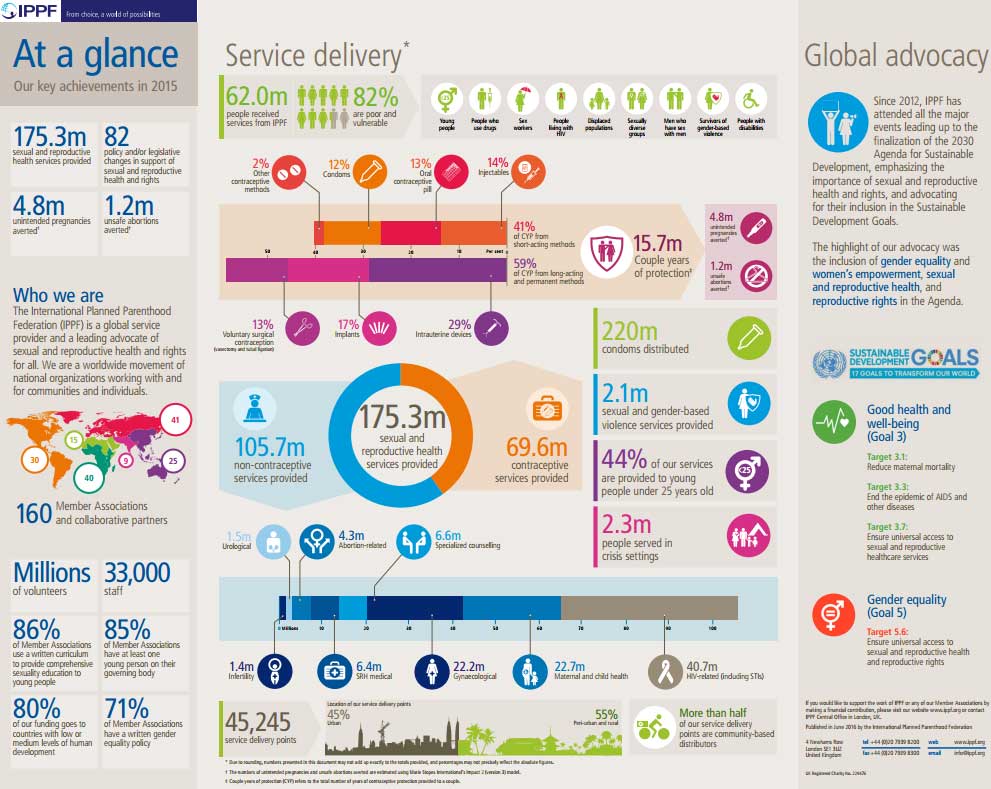
| 10 August 2015
At a Glance 2014
Key facts and figures highlighting IPPF's achievements in 2014.
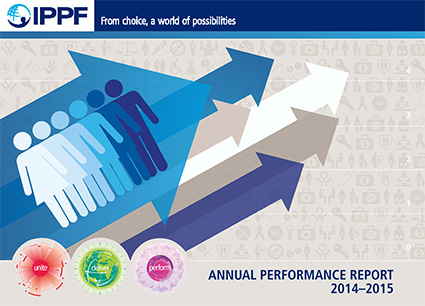
| 30 June 2015
Annual Performance Report 2014-15
2014 was our third year implementing IPPF’s three Change Goals – Unite, Deliver and Perform. We have monitored the trajectory of our growth in performance to date, and are already seeing remarkable success in all three areas, as presented in our Annual Performance Report 2014-2015. Member Associations and collaborative partners in 55 countries contributed to 81 changes in policy or legislation that support or defend sexual and reproductive health and rights. At the regional and global levels, IPPF’s advocacy contributed to 18 changes, of which 12 were advances in safeguarding sexual and reproductive health and rights in the post-2015 development framework. With the delivery of 149.3 million services in 2014, we are on track to achieve our ambitious target of doubling the number of sexual and reproductive health services provided between 2010 and 2015. Over eight in ten clients who accessed services were poor and vulnerable, while almost half of our services went to young people. IPPF’s achievements in 2014 contribute to a strong performance culture where decisions are based on data, organizational learning happens at all levels, technical support is provided to increase effectiveness, and investments are made to support communities most in need.







